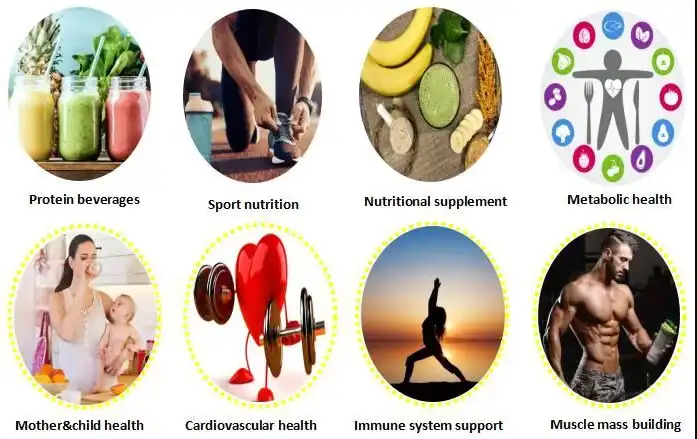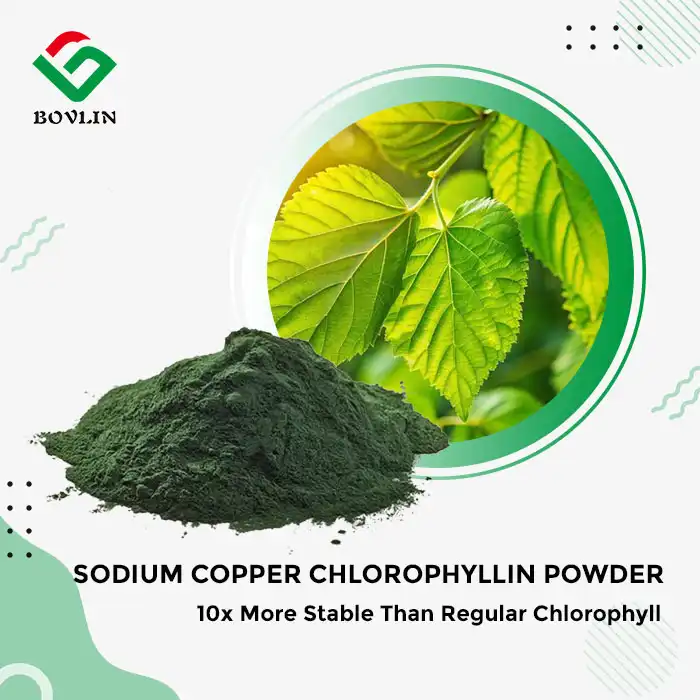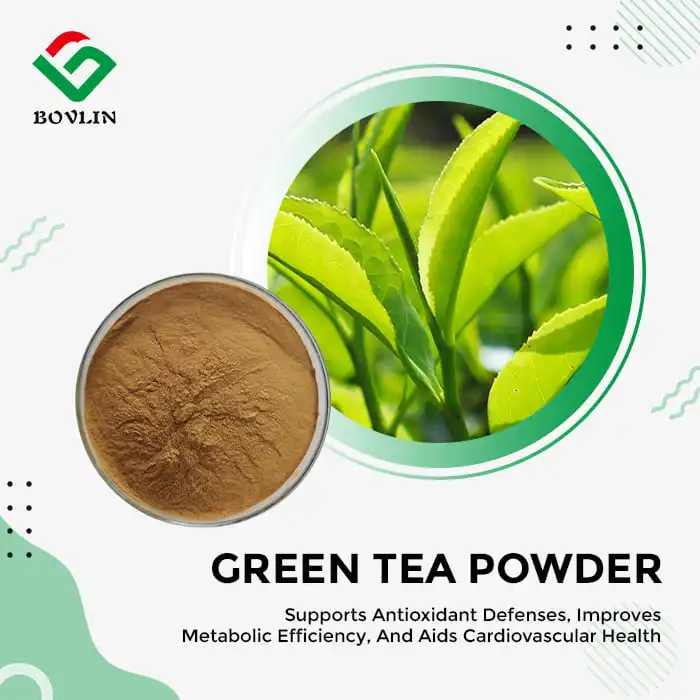How Does Hydrolyzed Rice Protein Function at a Molecular Level?
Protein Structure and Hydrolysis Process
The molecular functionality of hydrolyzed rice protein begins with its unique structure. Rice proteins are naturally composed of long chains of amino acids. During the hydrolysis process, these chains are broken down into smaller peptides and individual amino acids. This breakdown significantly alters the protein's properties, enhancing its solubility, absorption, and overall functionality.
Interaction with Cellular Components
At a molecular level, hydrolyzed rice protein, also known as rice peptide, interacts with various cellular components. The smaller peptides can penetrate deeper into skin and hair structures, providing more targeted benefits. They can also interact with cell receptors, potentially triggering beneficial cellular responses such as increased collagen production or improved moisture retention.
Antioxidant Properties
Hydrolyzed rice protein exhibits antioxidant properties at the molecular level. The peptides can neutralize free radicals, which are unstable molecules that can damage cells and contribute to aging and various health issues. This antioxidant activity helps protect cells from oxidative stress, supporting overall cellular health.
Amino Acid Composition and Bioavailability
Essential Amino Acid Profile
Hydrolyzed rice protein powder features a complete spectrum of essential amino acids that are vital for maintaining human health. These include leucine, isoleucine, and valine - important for muscle repair and recovery - as well as lysine, methionine, phenylalanine, threonine, tryptophan, and histidine. Since the body cannot synthesize these amino acids on its own, they must be obtained through the diet. The presence of all nine essential amino acids makes hydrolyzed rice protein a high-quality, plant-based protein source for nutritional and functional food applications.
Non-Essential Amino Acids
In addition to essential amino acids, hydrolyzed rice protein powder, also known as rice peptide powder, supplies a variety of non-essential amino acids that further support overall wellness. These include glutamic acid, known for its role in neurotransmission, and aspartic acid, which contributes to energy production. Other amino acids like serine and glycine aid in collagen synthesis and metabolic function. While the body can produce these amino acids naturally, their presence in hydrolyzed rice protein enhances its nutritional value and supports diverse physiological processes when used in food, supplements, or therapeutic formulations.
Enhanced Bioavailability
One of the key advantages of hydrolyzed rice protein powder is its enhanced bioavailability, resulting from enzymatic hydrolysis. This process breaks down complex protein chains into smaller peptides and free amino acids, which the body can absorb more efficiently. This improved digestibility not only reduces the risk of gastrointestinal discomfort but also ensures rapid delivery of amino acids to muscles and tissues. As a result, hydrolyzed rice protein is ideal for use in sports nutrition, clinical nutrition, and functional beverages requiring quick nutrient absorption and utilization.
Benefits in Cosmetic, Nutritional, and Pharmaceutical Formulations
Cosmetic Applications
In cosmetic formulations, hydrolyzed rice protein powder offers multiple skin and hair benefits. It functions as a natural moisturizer by attracting and retaining moisture, leading to softer, smoother skin and more manageable hair. When applied to hair, it forms a protective film around each strand, enhancing strength, elasticity, and shine while reducing breakage. For skincare, it helps diminish fine lines and wrinkles, improves skin tone, and delivers antioxidant protection that defends against damage caused by UV exposure and environmental stressors.
Nutritional Supplements
As a functional ingredient in nutritional supplements, hydrolyzed rice protein powder, also known as rice protein peptide, provides a complete plant-based protein source suitable for a wide range of dietary needs. Its naturally hypoallergenic properties make it an excellent alternative for individuals allergic to dairy, soy, or gluten. The powder is easily digestible and contains a balanced amino acid profile, supporting muscle growth, post-workout recovery, and general health. It is ideal for use in vegan protein shakes, meal replacement products, and fortified food formulations targeting athletes or health-conscious consumers.
Pharmaceutical Applications
In pharmaceutical applications, hydrolyzed rice protein powder is valued for its gentle and multifunctional properties. Its hypoallergenic nature makes it suitable for inclusion in sensitive skin treatments, pediatric care, and dermatological formulations. It serves as an effective stabilizer and emulsifier in topical or oral drug delivery systems, helping maintain consistency and bioavailability. Its film-forming and hydrating capabilities also make it beneficial in skin-soothing creams or lotions designed for treating dryness, irritation, or chronic skin conditions such as eczema or psoriasis.

Conclusion
Hydrolyzed rice protein powder is a multifaceted ingredient that offers significant benefits across cosmetic, nutritional, and pharmaceutical applications. Its unique molecular structure, comprehensive amino acid profile, and enhanced bioavailability contribute to its versatility and effectiveness. As consumers increasingly seek natural, plant-based ingredients, hydrolyzed rice protein powder stands out as a valuable solution for manufacturers looking to create innovative, high-quality products.
Contact Us
For more information about hydrolyzed rice protein powder and how it can enhance your formulations, contact Shaanxi Bolin Biotechnology Co., Ltd. at sales1@bovlin.com. Our team of experts is ready to help you leverage the power of this versatile ingredient in your products.











